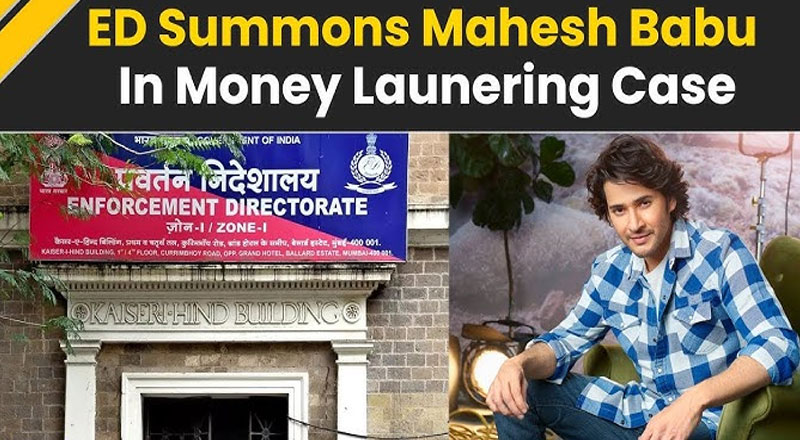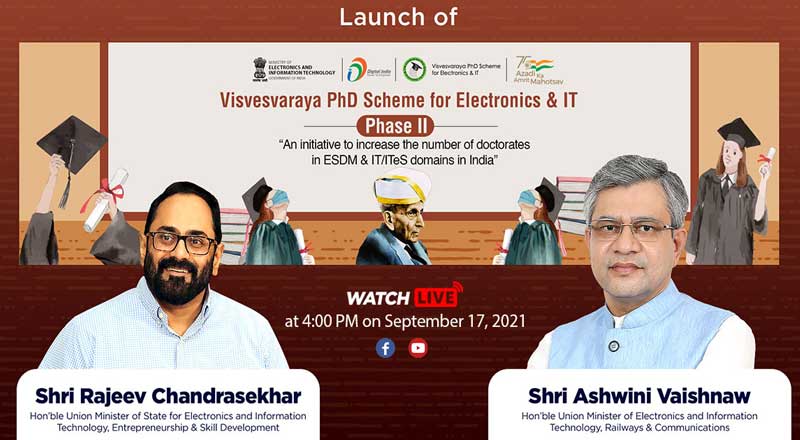In a startling case of digital influence being weaponized for espionage, Haryana-based YouTuber Jyoti Malhotra has come under intense scrutiny from India's top intelligence agencies, including the National Investigation Agency (NIA), Intelligence Bureau (IB), and military intelligence. Malhotra, known for her travel vlog "Travel With JO," was arrested on May 16 from Hisar's New Aggarsain Extension for allegedly spying for Pakistan.
Authorities are investigating her financial transactions, international travel patterns, and digital activity in what appears to be part of a wider espionage network operating across northern India.
The Digital Face of Espionage: Who Is Jyoti Malhotra?
At 33, Jyoti Malhotra had garnered nearly 387,000 subscribers through her YouTube channel, where she documented her travel escapades with a vibrant and relatable tone. Behind the vlogs, however, investigators allege, was a far more concerning operation.
Malhotra's arrest is part of a larger counter-espionage operation in which 12 individuals have been apprehended across Punjab, Haryana, and Uttar Pradesh. The common thread linking them? Contact with a Pakistani embassy official named Ehsan-ur-Rahim alias Danish, who was recently expelled from India on charges of espionage.
Malhotra reportedly first met Danish during a 2023 visit to the Pakistan High Commission in Delhi while applying for a visa. That interaction allegedly snowballed into a deeper association involving regular visits, informal meetings, and finally, covert data transmission.
Cracking the Spy Network: A Deepening Conspiracy
According to police and intelligence officials, Malhotra’s ties to Pakistan’s intelligence services became more pronounced during and after her travel to Pakistan, and particularly around the April 22 Pahalgam terror attack. Though she didn’t have direct access to military secrets, officials allege she was in touch with handlers linked to Pakistani intelligence who were attempting to “develop her as an asset.”
“This is modern warfare, not just fought on borders but through digital influence and psychological manipulation,” said Hisar SP Shashank Kumar Sawan. “The PIOs (Pakistani Intelligence Operatives) are now targeting social media influencers who can travel freely, engage with officials, and subtly extract or spread strategic information.”
Investigators are currently piecing together her travel history, including visits to Pakistan, China, and other countries. The timeline of these trips is being scrutinized to trace potential operational planning.
A forensic audit of her laptop and digital devices is underway to extract email communications, location history, and any encrypted data that may have been transmitted.
Others in the Web: Guzala, Yameen, and Sukhpreet Singh
Malhotra is not the only individual believed to be part of this covert spy ring. Authorities have also arrested Guzala (31) and Yameen Mohammad, both residents of Malerkotla in Punjab. Police allege the two leaked photographs and sensitive information about Army cantonments and airbases in exchange for online payments from Pakistani handlers.
Like Malhotra, Guzala met Danish at the High Commission while applying for a visa. She too allegedly became an informant soon after.
On May 11, both Guzala and Yameen were arrested. Two days later, Sukhpreet Singh, a resident of Gurdaspur, was also apprehended for similar charges—allegedly leaking details about Indian armed forces. His family, however, maintains his innocence, insisting he had no such affiliations.
These arrests point to a growing threat: a covert recruitment network run by Pakistani operatives that exploits visa seekers and social media personalities under the guise of cultural exchange and goodwill.
Who Was Danish — The Link Between India’s Influencers and Pakistan’s Intelligence?
At the center of this espionage ring is Ehsan-ur-Rahim alias Danish, a Pakistani High Commission official who facilitated several meetings, visa requests, and allegedly, the recruitment of Indian nationals.
Danish was expelled from India on May 13 for “engaging in activities inconsistent with his diplomatic status.” According to the Ministry of External Affairs, he was declared persona non grata and asked to leave the country within 24 hours.
During her visits to the High Commission, Malhotra frequently interacted with Danish, as shown in a now-controversial video from her YouTube channel. In it, she is seen attending an Iftar party hosted at the embassy, greeting Danish warmly, and engaging with other Pakistani officials. She also mentions prior visits and extended personal invitations to embassy officials to visit her home in Hisar.
Notably, Danish allegedly introduced her to other suspected Pakistani handlers—Shakir and Rana Shahbaz, raising questions about a deeper, systematic effort to embed informants in India via friendly influencers.
The Red Flags: Lifestyle Discrepancies and Unusual Travel
One of the key triggers for the investigation was the mismatch between Malhotra’s known sources of income and her frequent international travel. Despite modest earnings from YouTube, she traveled to Pakistan, China, and other countries. These trips raised red flags for intelligence agencies already monitoring suspicious foreign links.
Officials are currently reviewing her banking activity and travel itineraries to determine whether these were financed through legitimate means or foreign transfers linked to espionage.
Additionally, investigators are reaching out to people who interacted with her frequently to probe whether any classified or sensitive information was shared under seemingly innocuous conversations.
A Cautionary Tale of Modern Espionage
The case of Jyoti Malhotra is a sobering reminder of how espionage has evolved in the digital age. No longer confined to covert agents or military personnel, today’s intelligence operations target civilians, especially those with social reach and mobility.
It also underscores a new hybrid battlefield—one where digital influence, cultural diplomacy, and personal ambition intersect dangerously with national security. The use of embassies, visa liaisons, and public events as platforms for recruitment and subversion is not just sophisticated—it’s chillingly effective.
For India’s security and intelligence agencies, this case reaffirms the need for vigilance not just at the border but in cyberspace, cultural venues, and influencer circles.
For the public, it is a stark wake-up call to understand that even a seemingly harmless vlog can become a tool of espionage when manipulated by a foreign power.
(With agency inputs)






















